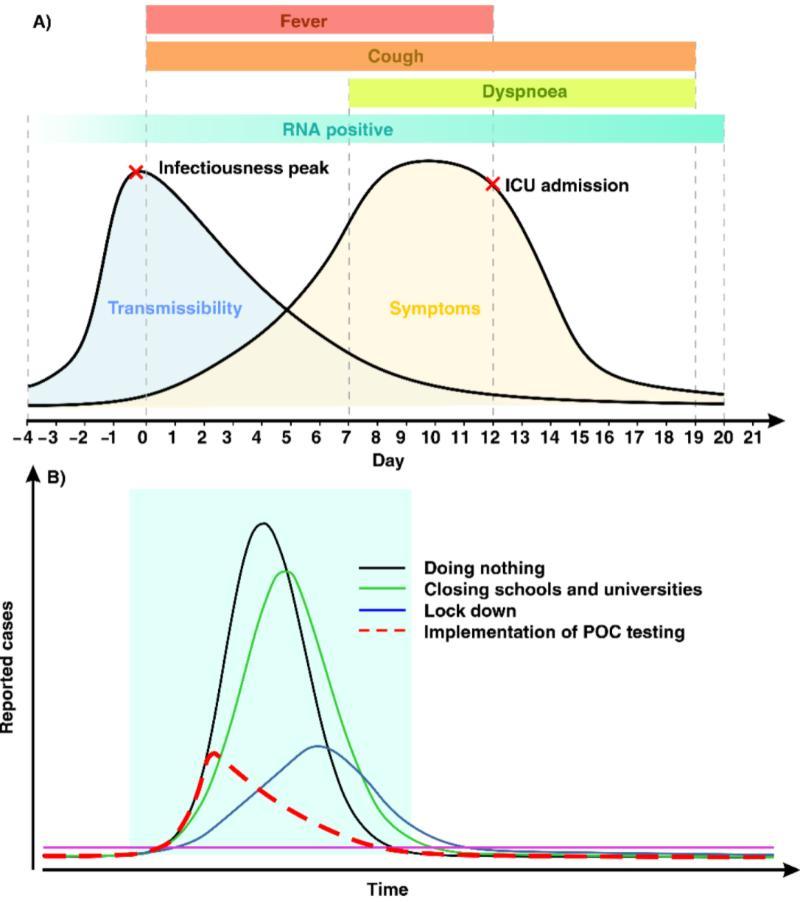By Auvo Kaikkonen
The COVID-19 pandemic sent shockwaves through the medical diagnostics industry. Overnight, the demand exploded for diagnostics, such as tests, personal protective equipment and ventilators. Diagnostics makers tried to pivot operations to meet the overwhelming demand for COVID-19 tests and treatments, but many had difficulty marshalling the financing and manpower to respond effectively.
The exponential nature of the pandemic meant that firms needed outside support to grow their business quickly. The European Union tried to help firms working on COVID-19 tests and treatment by providing new financial facilities and by expanding the European Investment Bank’s ability to lend to projects. In hindsight, though, companies needed more guidance, intervention and stronger leadership — to show how Europe aimed to address the pandemic.
The age of pandemics is upon us. The next pandemic could hit us in as little as a decade, according to a G-20 panel. The global cooperation, technological advances and financial and political support for health care built up during the current pandemic have strengthened our ability to deal with future virus outbreaks. After a bumpy start, medical diagnostics are advancing at lightning speed. Here’s how it’s happening.
Difficulty ramping up
When the coronavirus pandemic hit, people in many countries simply couldn’t get tested to find out if they had the virus. PCR tests were elusive, and it took days, and sometimes even a week, to get results. Now, many labs have results in 48 hours or less, and pharmacies have pop-up tents offering antigenic tests within 15 minutes. We have a come a long way – but the trip was painful.
Why did it take so long to ramp up? Many diagnostics firms simply didn’t have the capacity to begin testing for a new pathogen like SARS-Cov-2. Tests for new pathogens aren’t created overnight. The complex nature of biotech development means that it can take a year for firms to put in place the baseline technology needed to test for new pathogens, get approval and then begin manufacturing the new tests or other diagnostics. Money for extra resources can help firms speed up the process, but it still takes time.
The firms that were best-positioned to respond to the COVID-19 health crisis were those like European Investment Bank clients Mobidiag, Scope Fluidics and Biosurfit, which had already developed tests for other similar viruses, such as influenza, that also live in the respiratory tract. Those firms were able to quickly adapt their tests to COVID-19.

